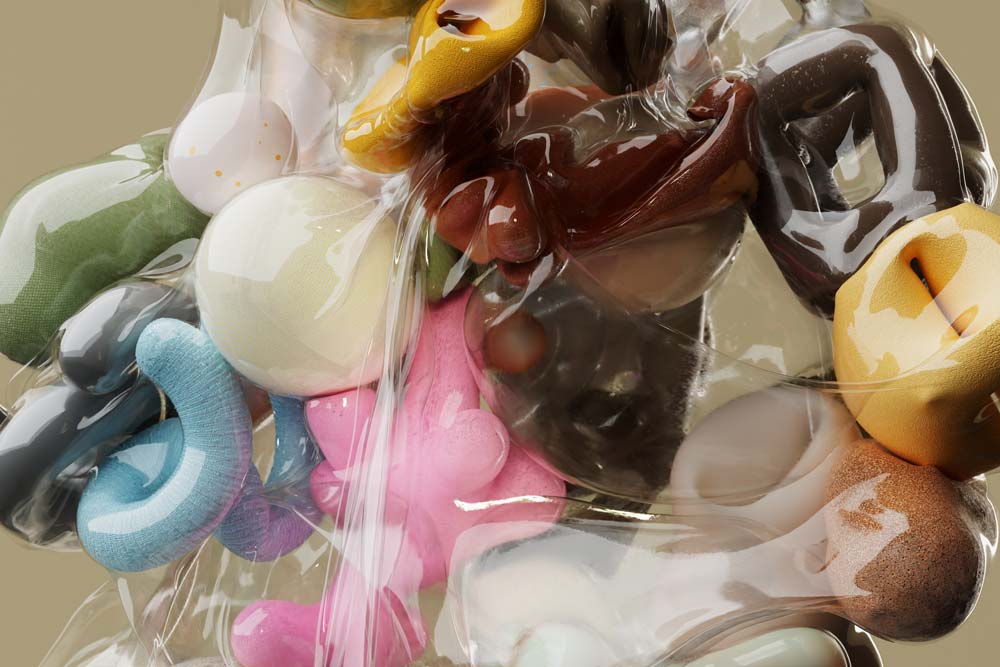THE COMPANY

We are humans focused
on engineering non-model
organisms for
unconventional
applications.
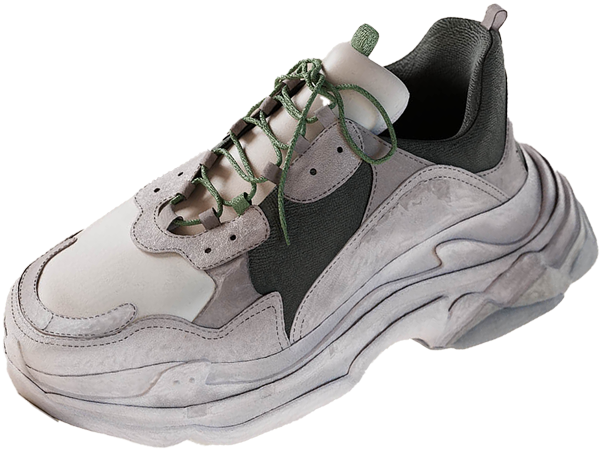
Plastic isn’t just a me problem. Or a you problem. It’s an everywhere, everything, all-the-time problem. And Breaking is building the fix for that.

Let’s be clear, plastic is a true marvel of invention and industry. From transportation to healthcare, it’s played a role in rapidly upgrading the human condition.
Let’s be clear, plastic is a true marvel of invention and industry. From transportation to healthcare, it’s played a role in rapidly upgrading the human condition.
But it’s
gone
too far.
With single-use plastics lining grocery store shelves, giant laundry detergent containers getting tossed in the garbage by the millions, and more, the utility is being outweighed by the sheer amount of resilient, nearly-everlasting garbage itself. It’s a mess. And it’s messing up the ecosystems that keep Earth in a healthy balance.
And if our planet isn’t safe, then nothing that lives on our planet is safe. That includes plants, animals, me and you. So maybe it is a me and you problem. But that’s why Breaking is here to build a better future.
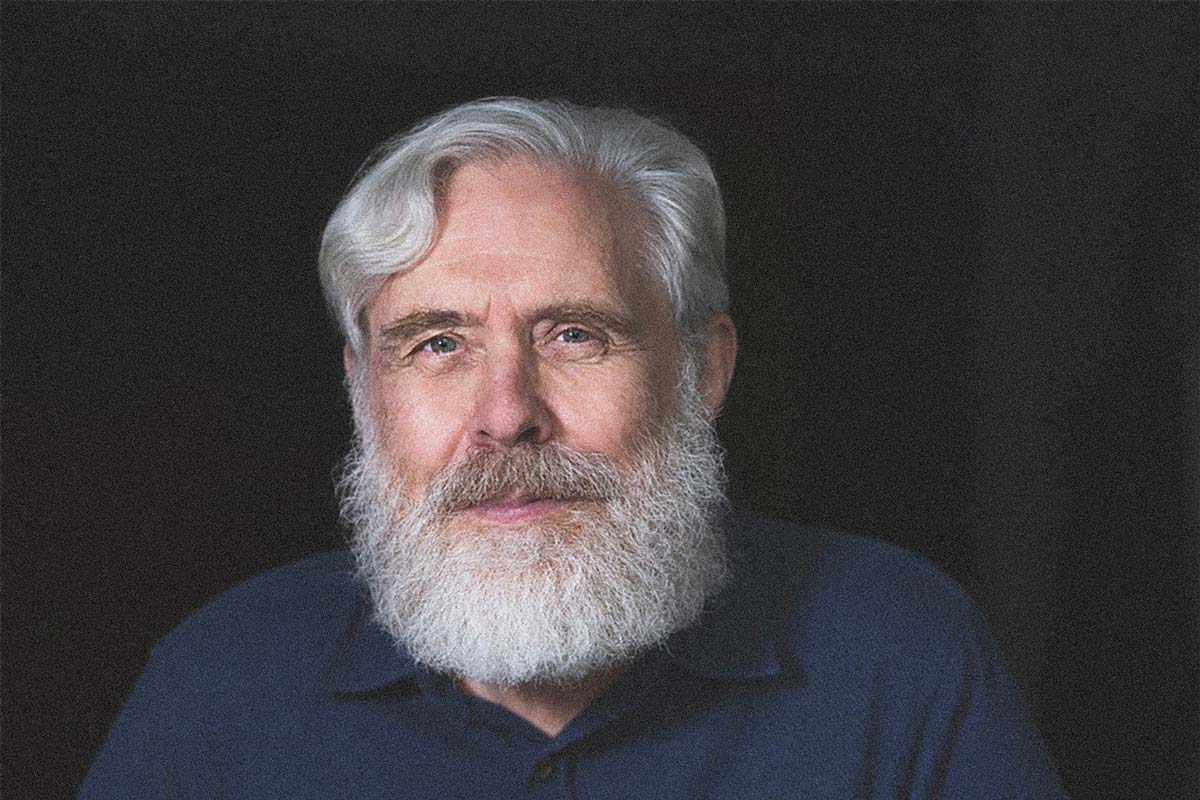
"We have entered an era in which our environments and bodies are at risk to micro and nano particles of polymers (plastics) that we once trusted. We have also entered an age of exponential technologies in which can see and seek the nuances and continua of polymers. Harmful-to-helpful is not neatly natural vs synthetic; it depends on size, shape and location of the polymer particles. For example, polyethylene has the same set of bonds as beeswax, just longer. We are “Breaking” these and reusing the parts in beneficial reconfigurations."
George
Church, Ph.D.
"We have entered an era in which our environments and bodies are at risk to micro and nano particles of polymers (plastics) that we once trusted. We have also entered an age of exponential technologies in which can see and seek the nuances and continua of polymers. Harmful-to-helpful is not neatly natural vs synthetic; it depends on size, shape and location of the polymer particles. For example, polyethylene has the same set of bonds as beeswax, just longer. We are “Breaking” these and reusing the parts in beneficial reconfigurations."

Breaking
Down Every
Type Of
Plastic
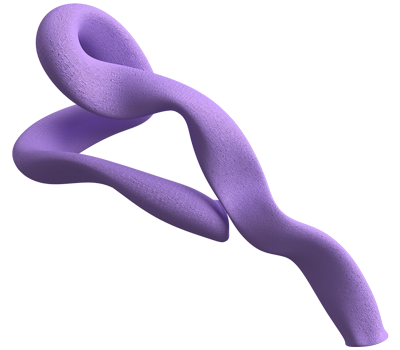

Leadership
Core Team
We are humans focused on engineering non-model organisms for unconventional applications.

Sukanya
Punthambaker, PH.D.
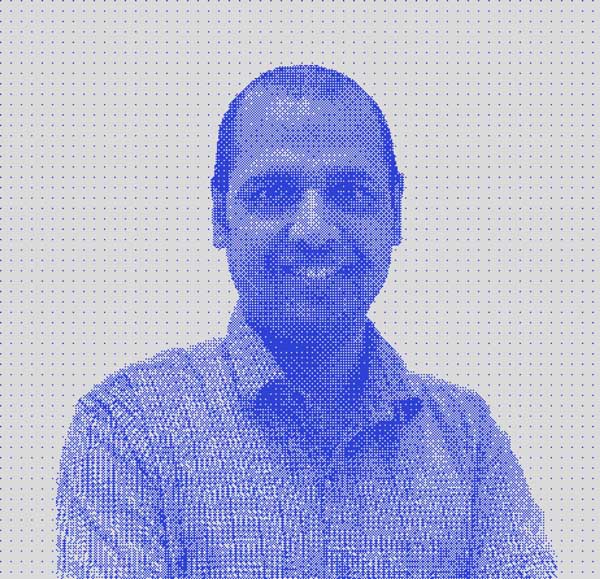
Vaskar
Gnyawali, Ph.D.
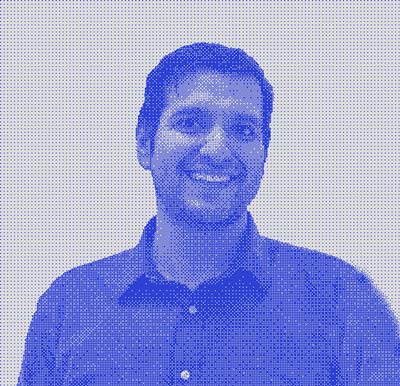
Bryan
Mejia-Sosa
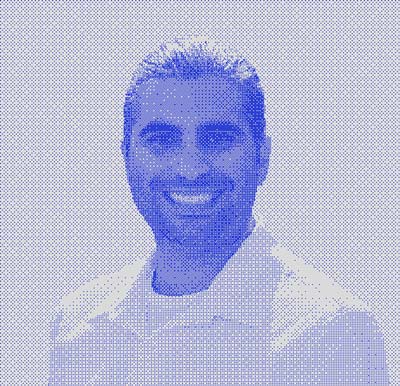
Adnan
Syed, Ph.D

Yuki
Sugimoto, Ph.D

Heidi
Schindel, Ph.D.
FOCUSING
Scientific Advisors
Providing guidance and expertise on the scientific aspects of plastic degradation processes.

John
Warner, PH.D
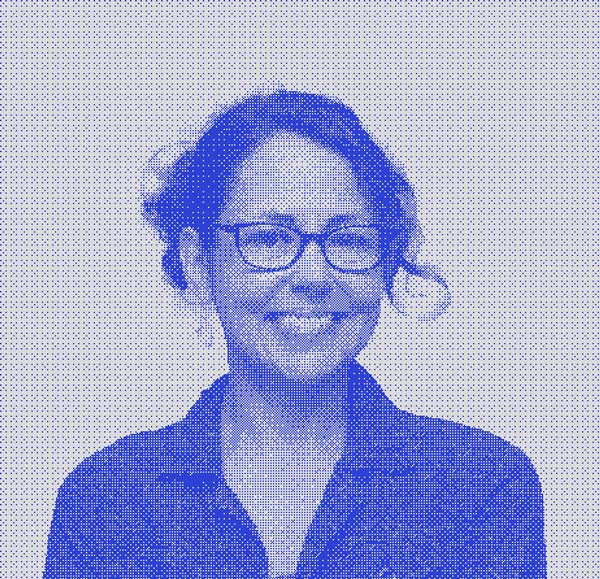
Beth
Shapiro, PH.D
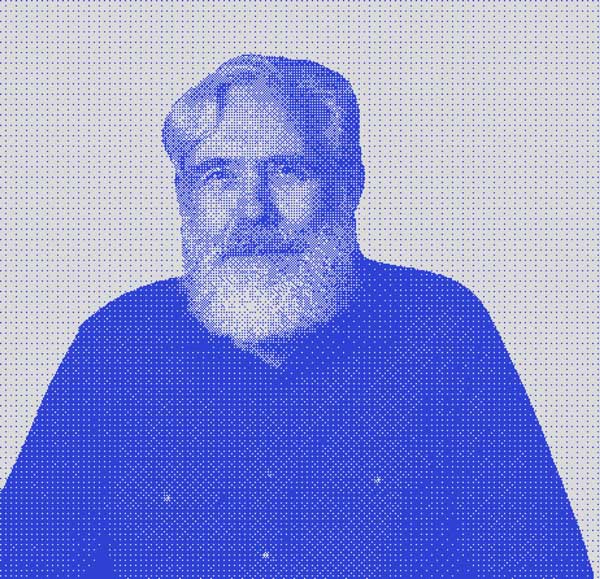
Jon
Kaneshiro
Founding Team
Founders
We are humans focused on engineering non-model organisms for unconventional applications.

Sukanya
Punthambaker, PH.D.

Vaskar
Gnyawali, Ph.D.

George
Church, Ph.D.

Donald
Ingber, M.D., Ph.D.

Alba
Tull

Kent
Wakeford

Ben
Lamm
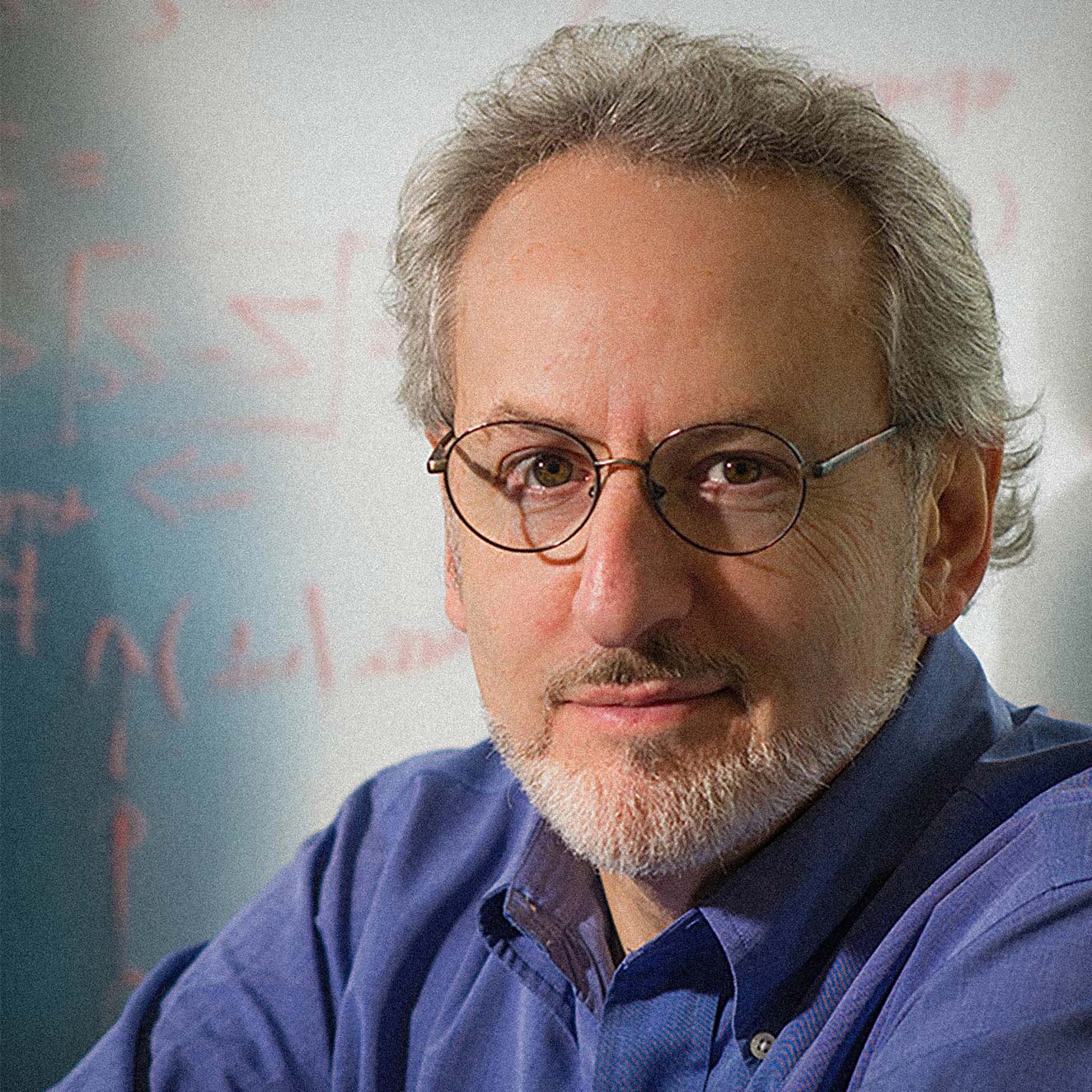
"We are excited to see how Colossal Biosciences has enabled our novel discovery to break away from its competitors in the plastic remediation space by developing a bioinspired technology that can degrade many types of plastics that are threatening our environment. This can be accomplished without pretreatment and the breakdown products could be used to produce other valuable materials and commodities. This is what sets Breaking apart from the field."
Donald
Ingber, M.D., Ph.D.
Ingber
Co-founder and Founding Director of the Wyss Institute at Harvard University, Judah Folkman Professor of Vascular Biology at Harvard Medical School and Boston Children's Hospital, and Hansjorg Wyss Professor of Bioinspired Engineering at Harvard John A. Paulson School of Engineering & Applied Sciences
"We are excited to see how Colossal Biosciences has enabled our novel discovery to break away from its competitors in the plastic remediation space by developing a bioinspired technology that can degrade many types of plastics that are threatening our environment. This can be accomplished without pretreatment and the breakdown products could be used to produce other valuable materials and commodities. This is what sets Breaking apart from the field."

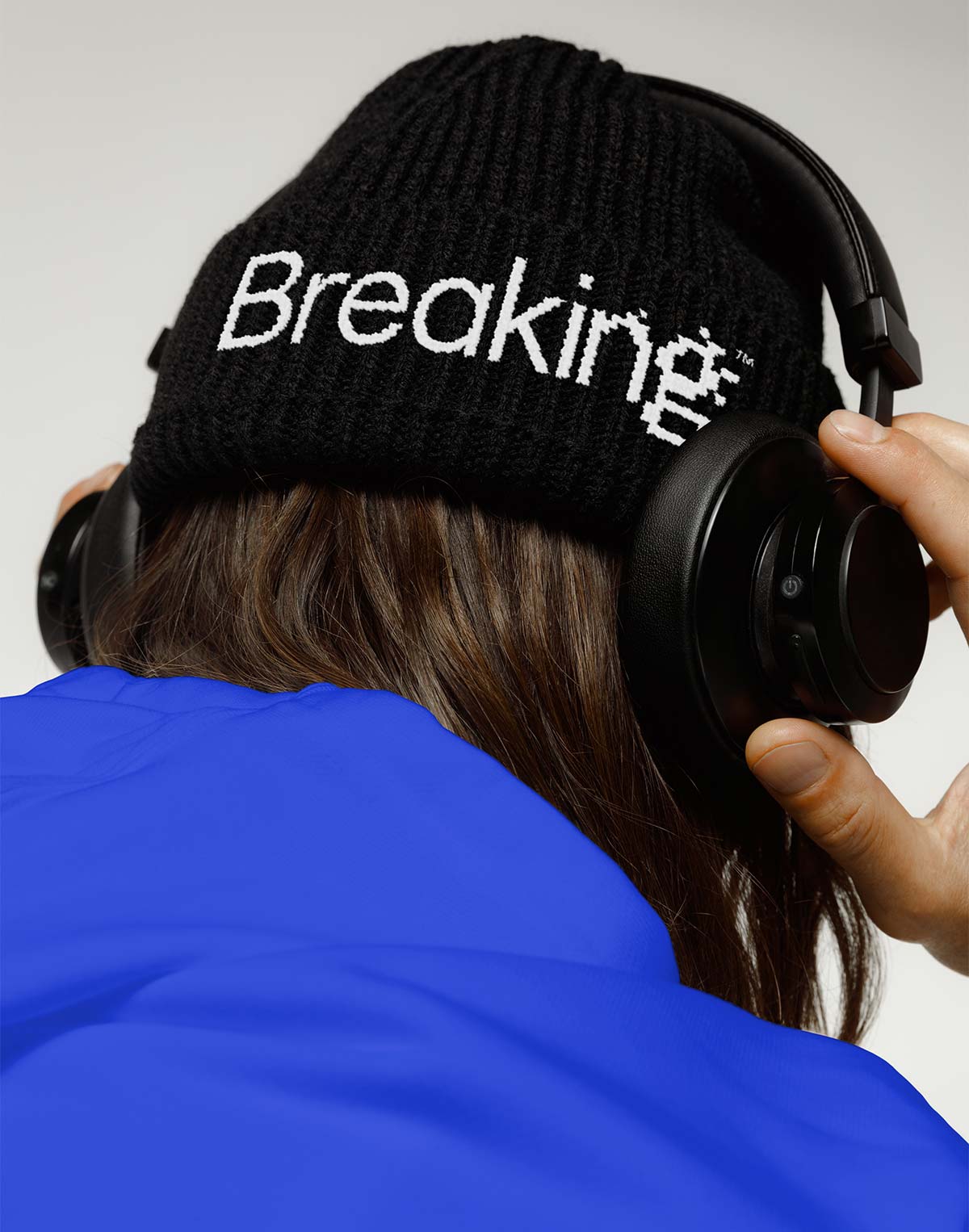

Researching.
Experimenting.
Caring.
Focusing.
Targeting.
Digesting.
Decomposing.
Recycling.
Reformulating.
Reviving.
Rebuilding.
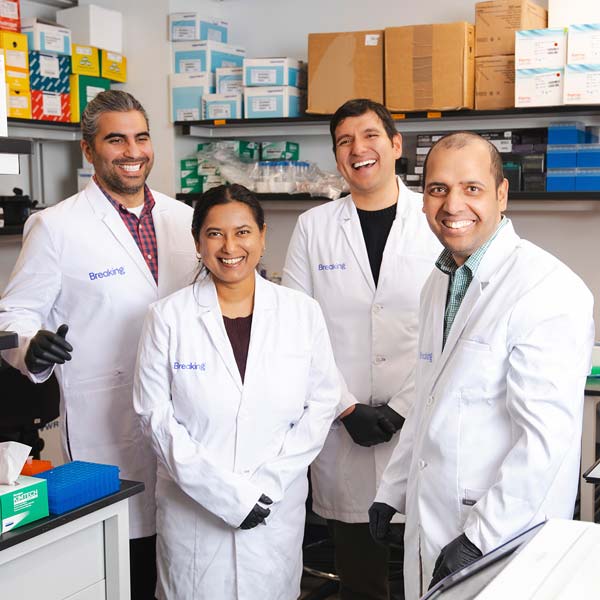



Learn More
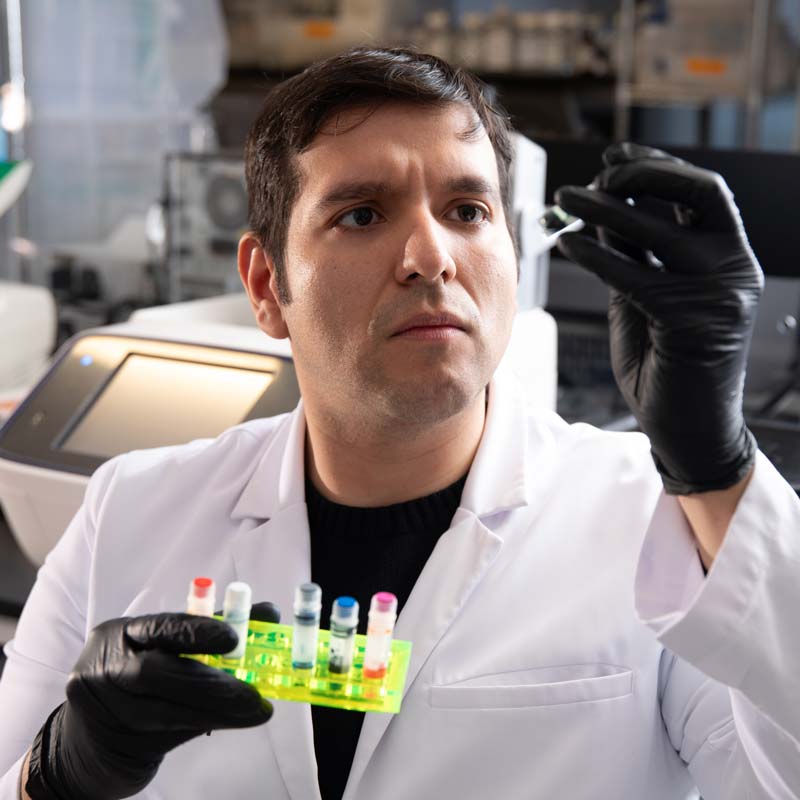


"Breaking is solving one of the biggest problems on our planet. They are using the natural world as inspiration and layering on cutting edge technology to transform how we break down plastics. This is going to be one of the biggest breakthroughs of the decade and I'm excited to be part of it."
Jim
Kim
Founding Member & General Partner at Builders VC
"Breaking is solving one of the biggest problems on our planet. They are using the natural world as inspiration and layering on cutting edge technology to transform how we break down plastics. This is going to be one of the biggest breakthroughs of the decade and I'm excited to be part of it."
Partners
Bringing together cutting-edge science and industry leaders to transform the landscape of plastic pollution. Tackling a macro problem with a micro solution.
The science of genetics. The business of discovery.
01

Colossal Biosciences is the world’s first and only de-extinction company. The efforts at Colossal have helped create revolutionary spinoff innovations, form new companies and expand the boundaries of what is possible.
Using our advancements in cutting-edge science and groundbreaking technology, Colossal maintains a commitment to responsibility, ethics, conservation, exploration and the restoration of our planet’s natural biodiversity. With every breakthrough, Colossal moves closer to restoring our Earth to a healthier state today—and safeguarding it for future generations to come.
For Biologically Inspired Engineering
02

The Wyss Institute at Harvard University is a research and development engine for disruptive innovation—powered by bioinspired technologies with visionary people at its heart.
We leverage recent insights into how nature builds, controls and manufactures. By emulating its biological principles of self assembly, organization and regulation, we are developing solutions for healthcare, energy, architecture, robotics and manufacturing, which are translated into commercial products and therapies through formation of new startups and corporate alliances.
Church Lab / Department of Genetics at Harvard
03

The Church Lab at Harvard University works on research projects that are distributed in diverse areas of modern biology, such as developmental biology, neurobiology, info processing, medical genetics, genomics, gene therapy, diagnostics, chemistry & bioengineering, space biology & space genetics, and ecosystems.
Research and technology developments at the Church Lab have impacted or made direct contributions to nearly all next-generation sequencing (NGS) methods and companies.
Current
Investors
tackling plastic waste, recognizing its environmental impact and potential for innovative solutions





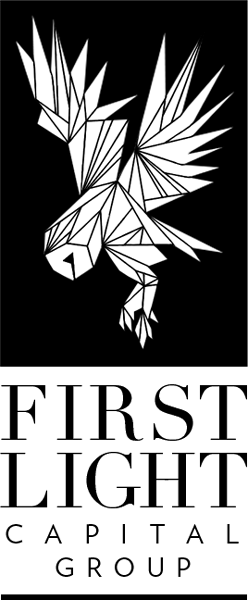
Investors who prioritize sustainability
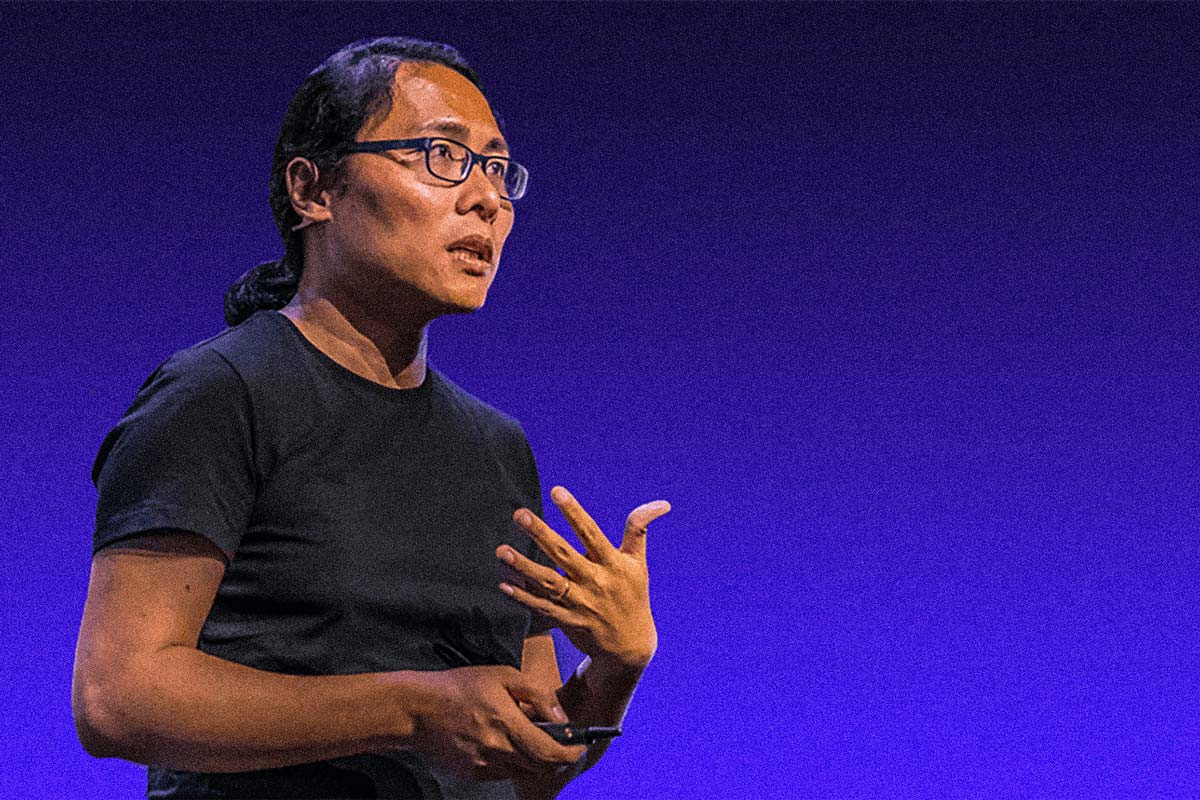
"Just as compostable materials represent humanity making our goods more palatable to nature, Breaking represents a jumpstart in the ability of nature to find materials like plastic, palatable."
Tom
Chi
Founding Partner at One Ventures
"Just as compostable materials represent humanity making our goods more palatable to nature, Breaking represents a jumpstart in the ability of nature to find materials like plastic, palatable."
Article
01/02/24
Lorem ipsum dolor sit amet, consectetur adipiscing elit
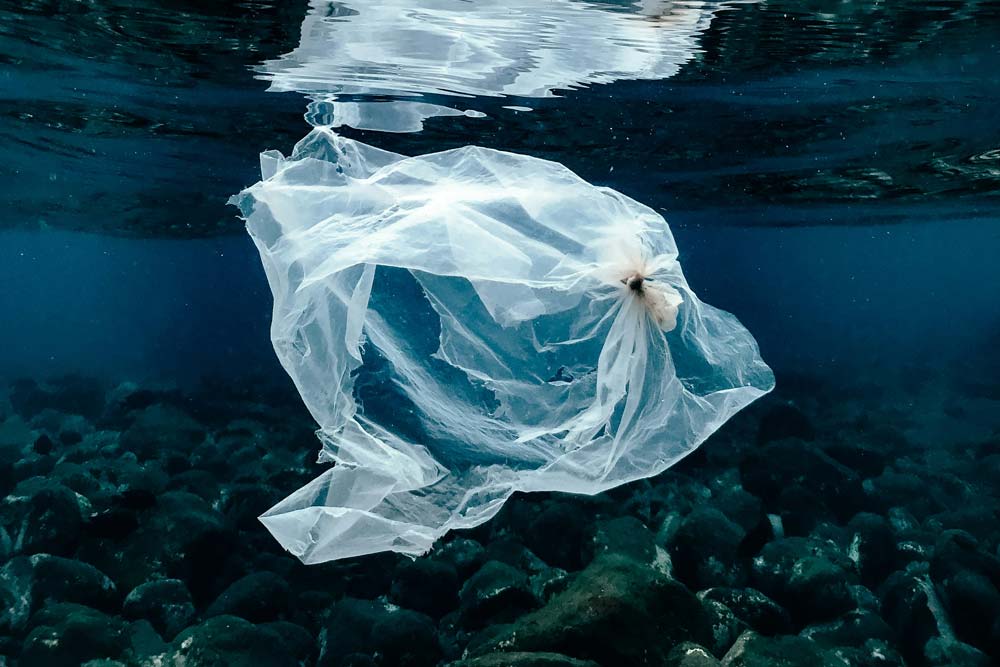
Article
01/02/24
Lorem ipsum dolor sit amet, consectetur adipiscing elit
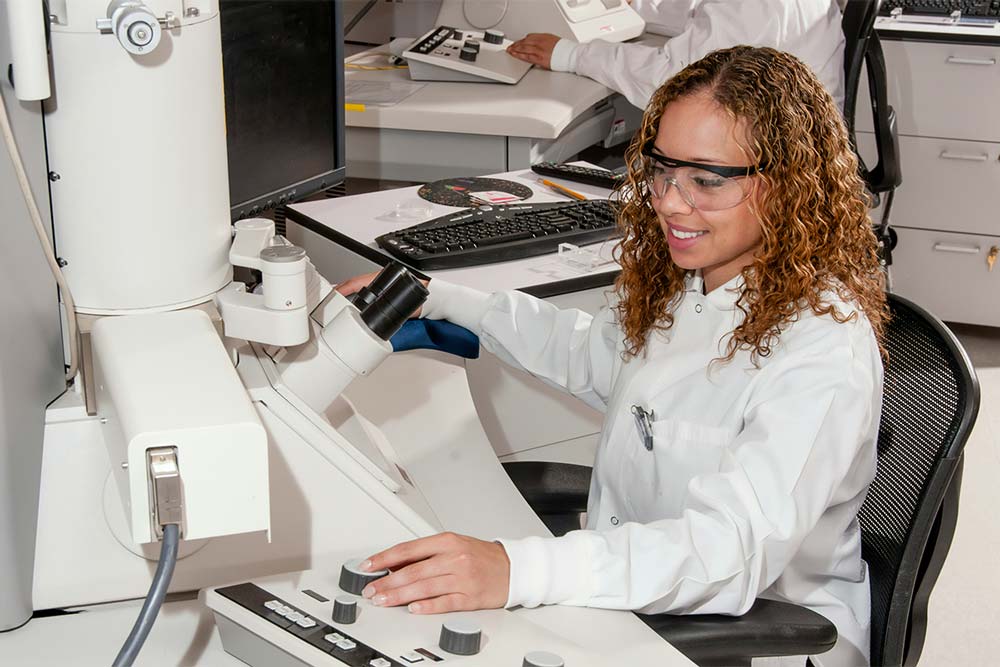
Article
01/02/24
Lorem ipsum dolor sit amet, consectetur adipiscing elit
